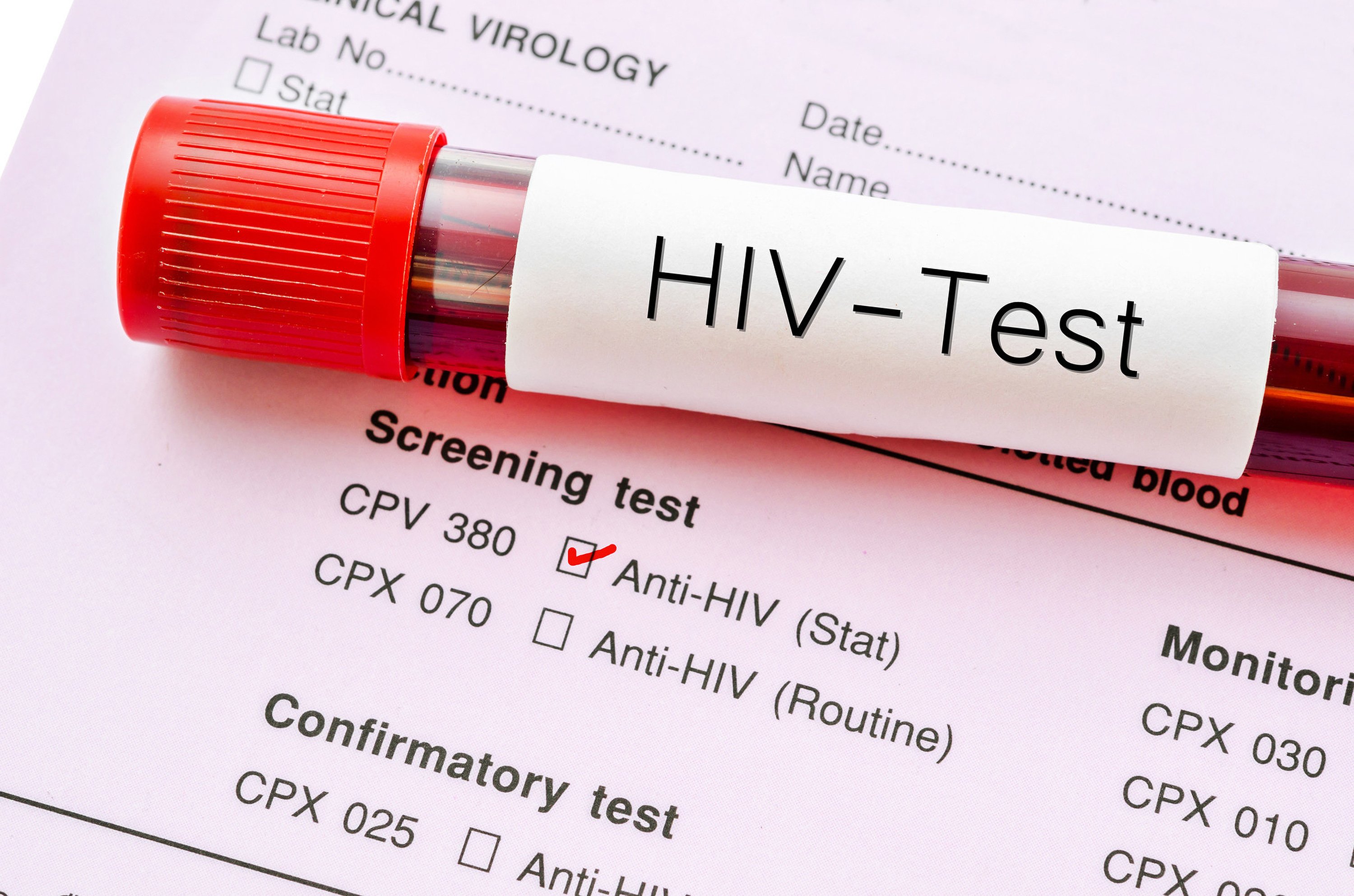More school time key to reducing HIV infection rate among girls

Early diagnosis and treatment reduces negative side effects from medications and improves long-term survival rates. PHOTO | COURTESY
What you need to know:
- Uganda is among the 10 countries that last week committed to keeping adolescent girls in school, which will dramatically reduce their vulnerability to HIV as part of the Education Plus initiative launched in Zambia.
Increasing secondary school attendance is key in reducing HIV infection rates, especially among girls and young women.
According to the Uganda Aids Commission (UAC), the country plans to reduce the number of youth and adult HIV infections by 65 percent and paediatric infections by 95 percent by 2025.
Uganda is among the 10 countries that last week committed to keeping adolescent girls in school, which will dramatically reduce their vulnerability to HIV as part of the Education Plus initiative launched in Zambia.
Education Plus calls for free and quality secondary education for all girls and boys in sub-Saharan Africa by 2025; universal access to comprehensive sexuality education; fulfilment of sexual and reproductive health and rights; freedom from gender-based and sexual violence; school-to-work transitions, and economic security and empowerment.
Infection rate
The joint United Nations Programme on HIV/Aids (Unaids) notes that, every week, around 4,200 adolescent girls and young women in sub-Saharan Africa acquire HIV. In 2020, six in seven adolescents aged between 15 to 19 years old acquiring HIV in the region were girls. More than 23,000 young women died from Aids-related illnesses in 2020, making it the second leading cause of death among women aged 15 to 29 after maternal mortality in sub-Saharan Africa.
“Keeping girls in secondary school and providing them with life skills, training and employment opportunities is key to ending the Aids pandemic in Africa. Research shows that ensuring that girls complete secondary education reduces their risk of acquiring HIV by up to half, and that combining this with a package of services and rights for girls’ empowerment reduces their risk further still,” Unaids notes.
HIV, the Aids commission notes, continues to pose a significant health and developmental threat to the country, with high rates of prevalence among particular groups such as adolescent girls and young women, key, and priority populations, and less than optimal enrolment of people living with HIV (PHLIV) into care and treatment.
A 2015 study in Botswana showed that an extra year of schooling beyond primary level reduced the chance of people catching the virus by a third with the greatest drop among women.
AIDS 2022
Uganda has for decades been fighting HIV/Aids with hopes of completely eradicating the disease as a public health threat by 2030, which is one of the Sustainable Development Goals (SDGs) set by the United Nations in 2015. The hopes are valid but it remains an uphill battle given the prevailing statistics.
The global Aids meet, the 24th International AIDS Conference, closing this week (August 2) in Canada presents the country with an opportunity to realign its fight based on the latest evidence and chart a new consensus on overcoming the HIV epidemic as a threat to public health and individual well-being.
One of the key issues will be to actualise a call to ensure equitable and affordable access to the new HIV medicine to poor countries such as Uganda where access and affordability remains a challenge.
For example, in a July 19 statement, global leaders in the HIV/Aids fight challenged pharmaceutical companies to “to write a new future for millions of people living with, and at risk of, HIV” by making available and affordable long-acting injectable PrEP to all countries and communities that badly needed to aid the fight against HIV/Aids.
“HIV prevention drugs have disproportionately reached people in wealthy countries while millions of those most in need around the world have limited access,” the statement reads in part.
“Access to life-saving science cannot and must not be dependent on the passport you hold or the money in your pocket. New long-acting medicines could reach those who need them most, first. Or they could roll out slowly, reach only a portion of those who could benefit, and have limited impact on the AIDS pandemic,” it reads further.
Grim stats
Between 2010 and 2020 the number of people living with HIV in Uganda increased from 1.2m to 1.4m largely due to improved access and utilisation of HIV services such as testing, care and treatment according to the latest Health Ministry data.
“There was tremendous reduction in new HIV infections among the various age and population groups. Aids-related deaths significantly reduced, hence reducing the number of Aids-related orphans. Also, as a result of EMTCT HIV prevention programmes, the country realised a reduction in the numbers and proportion of children who contract HIV from their HIV infected mothers,” the health ministry notes.
In Africa
1. Out of the 34 million HIV-positive people worldwide, 69 percent live in sub-Saharan Africa. There are roughly 23.8 million infected persons in all of Africa.
2. 91 percent of the world’s HIV-positive children live in Africa.
3. More than one million adults and children die every year from HIV/Aids in Africa alone. In 2011, 1.7 million people worldwide died from Aids.
4. Since the epidemic of HIV/Aids, more than 75 million people have contracted the disease, and more than 36 million have died from an HIV-related cause.
5. 71 percent of the HIV/Aids-related deaths in 2011 were people living in Africa.




